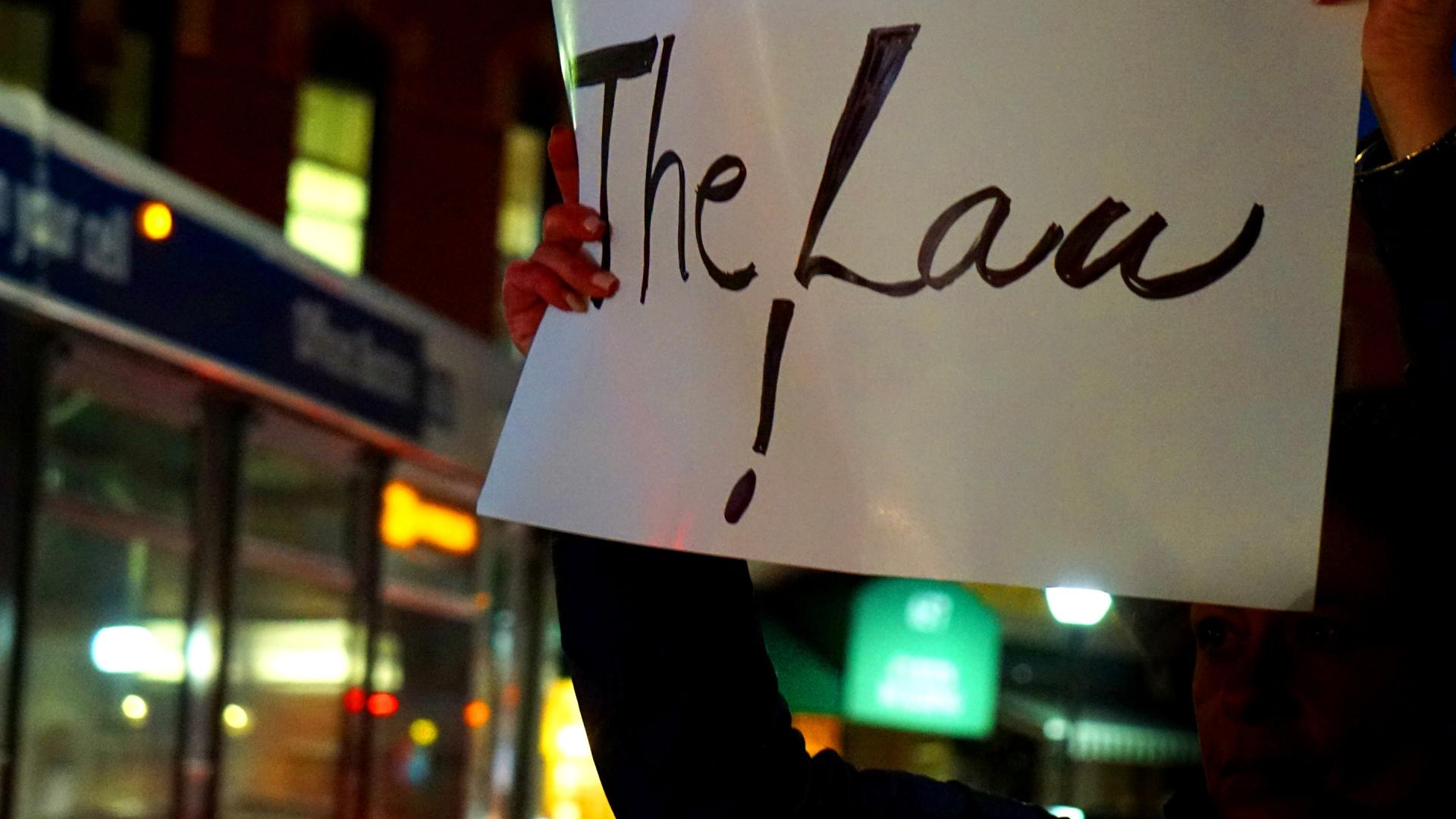FMC Corporation v. Holliday, 498 U.S. 52 (1990)
This is a subtitle for your new post
The issue before the Court was whether a state law precluding subrogation (reimbursement) of health care benefits paid by health insurers of ERISA health benefit plans out of third party settlements applied to a self-insured plan. The Court held that ERISA preempted the application of the state law as applied to the self insured plan.
The daughter of an employee who was the member of a health care plan provided and paid for by his employer (self-funded, not insured by an insurance company) and was injured in an auto accident. The self funded plan paid health care benefits. The employee settled an auto accident claim on behalf of his daughter. While that suit was pending the self-funded plan sought declaratory judgment in federal court that it was entitled to reimbursement through its subrogation rights in the plan despite the state law outlawing such subrogation rights.
To decide the issue, the Court had to interpret the pre-emption language of the ERISA statute. The Court summarized that statute as follows:
"Except as provided in subsection (b) of this section [the saving clause], the provisions of this subchapter and subchapter III of this chapter shall supersede any and all State laws insofar as they may now or hereafter relate to any employee benefit plan." § 514(a), as set forth in 29 U.S.C. § 1144(a) (preemption clause).
"Except as provided in subparagraph (B) [the deemer clause], nothing in this subchapter shall be construed to exempt or relieve any person from any law of any State which regulates insurance, banking, or securities."§ 514(b)(2)(A), as set forth in 29 U.S.C. § 1144(b)(2)(A) (saving clause).
"Neither an employee benefit plan . . . nor any trust established under such a plan, shall be deemed to be an insurance company or other insurer, bank, trust company, or investment company or to be engaged in the business of insurance or banking for purposes of any law of any State purporting to regulate insurance companies, insurance contracts, banks, trust companies, or investment companies." § 514(b)(2)(B), as set forth in 29 U.S.C. § 1144(b)(2)(B) (deemer clause).
The Court found that the state anti-subrogation law ‘relates to’ an employee benefit plan within the meaning of the first (preemption) clause cited above. So it would be preempted under that provision unless it is a law that regulates insurance, banking or securities within the meaning of the second (savings) clause cited above. The Court found that the state anti-subrogation law does regulate insurance and is therefore saved from pre-emption under the savings clause. But plans that are self-funded cannot be ‘deemed’ to be insurers, under the third (deemer clause) cited above, so self funded plans are not subject to insurance regulations saved under clause two. This plan was self-funded. The Court therefore held that it cannot be deemed to be an insurer and therefore the state anti-subrogation law, though saved from pre-emption under the second clause as applied to insurers of ERISA regulated, employer sponsored health plans. “[T]he saving clause retains the independent effect of protecting state insurance regulation of insurance contracts purchased by employee benefit plans.”
Here is the breakdown of how pre-emption operates in these scenarios:
“State laws that directly regulate insurance are "saved" but do not reach self-funded employee benefit plans because the plans may not be deemed to be insurance companies, other insurers, or engaged in the business of insurance for purposes of such state laws. On the other hand, employee benefit plans that are insured are subject to indirect state insurance regulation. An insurance company that insures a plan remains an insurer for purposes of state laws "purporting to regulate insurance" after application of the deemer clause. The insurance company is therefore not relieved from state insurance regulation. The ERISA plan is consequently bound by state insurance regulations insofar as they apply to the plan's insurer.” (Id. at 61)
Related Blog Posts...
About Us
Useful Links
Contact Info
Business Hours
- Mon - Fri
- -
- Sat - Sun
- Closed
© 2020 Low and Conata. All Rights Reserved
Website designed by Wampler Marketing & Advertising






